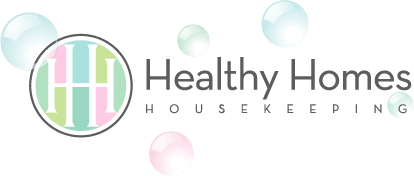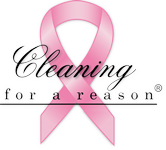Mold in Homes: Basic Risks and DIY Removal Methods
Among the growths or buildups you never want to find in your home, mold is at or near the top of most lists. Not only is mold ugly and unsightly to the eye, it comes with poor odors and, in many cases, significant health risks to both humans and animals living in the home.
At Healthy Homes Housekeeping, we’re here to offer a wide variety of home cleaning services, from maintenance and basic weekly cleaning solutions up through deep cleaning and move-out cleaning services – and mold removal is one of many distinct tasks we carry out on a regular basis for our clients. Why is mold a risk in your home, and what are some DIY solutions you might consider for minor mold buildups? On the flip side, when should you consider calling in the pros for a major mold concern, and how can mold be prevented to begin with? We’ll go over all this in this two-part blog series.
Mold Basics and Risks
For those who are unaware, what exactly is mold and why is it a risk? Mold refers to a form of fungus comprised of living organisms, one that tends to form and thrive in moist, damp environments. There are actually over 100,000 different specific types of mold.
Many of these types do not pose much danger to humans, while others definitely do. But in both cases, mold is known to trigger allergies and other respiratory symptoms in many people, and may lead to a higher risk of being sick. It also looks ugly and breaks down other surfaces, such as your tile floor or bathroom porcelain.
So how do you get rid of it? Our next few sections will go over some simple DIY methods for small mold buildups.
Vinegar Vs Bleach
Many homeowners naturally reach for bleach when they find a mold buildup, but this is actually the wrong move. Bleach can do just fine cleaning off mold on some surfaces, but due to its chemical structure, it’s not able to penetrate into porous materials – this means that when mold spores have dug into a material and built a protective membrane, a common occurrence for mold buildups, bleach will have no impact.
Vinegar, however, will do the job well. It penetrates porous materials due to acidity, attacking the mold membrane and its entire colony. This stops the mold from reproducing and coming back. If you have vinegar on-hand, it should be your first try for removing mold from a given area – put some in a spray bottle and spray the surface, then wipe it off after letting it sit for at least an hour.
Hydrogen Peroxide
If you don’t have vinegar around, hydrogen peroxide is another antifungal substance that will have a similar impact to many mold buildups. Use a 3% concentration of hydrogen peroxide, poured into a spray bottle and soaked onto the surface of the mold for about 10 minutes. Scrub the area down after and remove any mold residue.
For more on mold growths and how to remove them, or to learn about any of our professional cleaners and how they’ll help, speak to the staff at Healthy Homes Housekeeping today.



